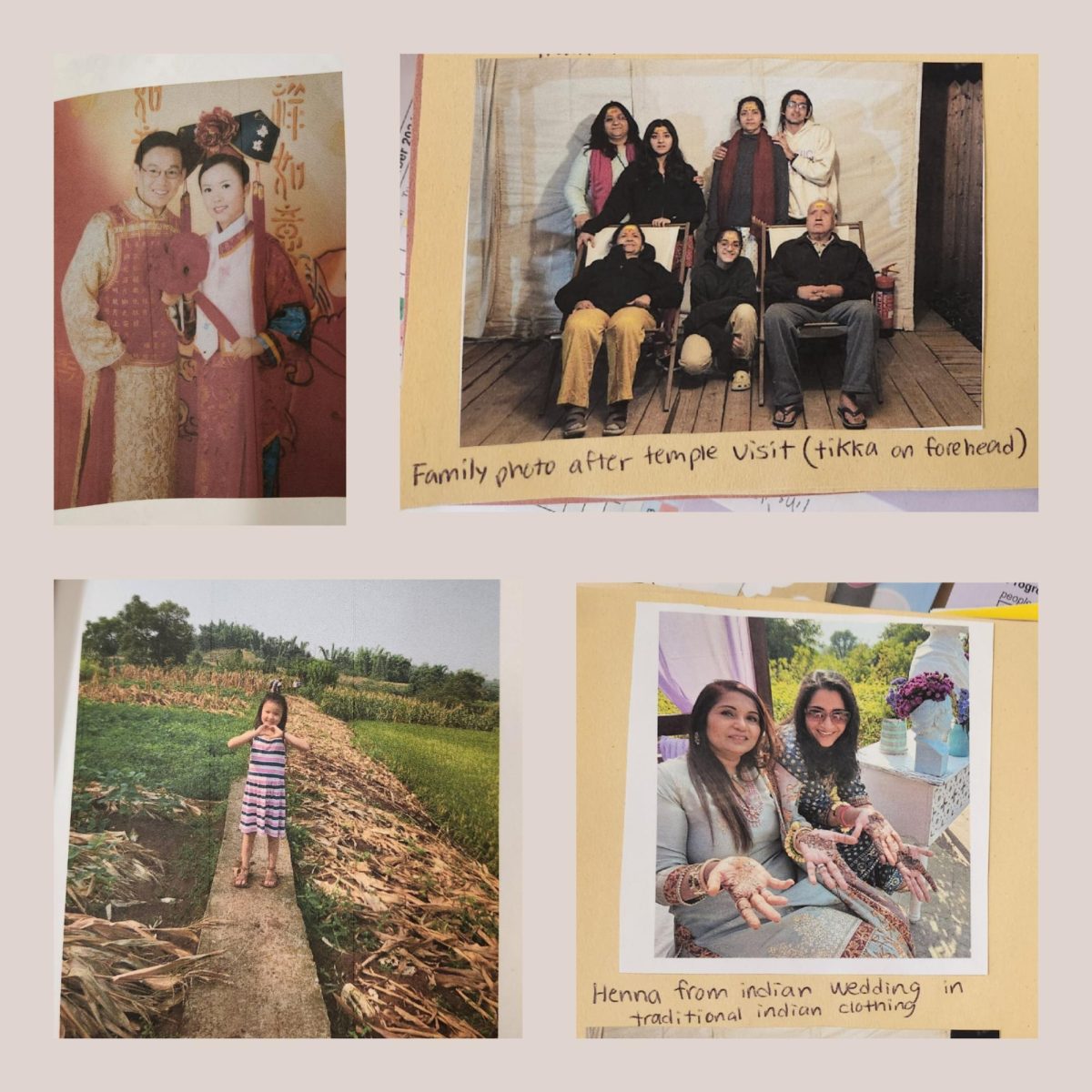A sore throat, runny nose and fever — sophomore Rishi Vaidya didn’t have any of these common symptoms, but when he tested positive for COVID-19 just days before school re-opened for the spring semester, he knew getting the virus would affect more than just his physical health.
Since the end of winter break, the school has seen a surge of COVID-19 cases due to the omicron variant. With 85 students and 15 staff members testing positive as of Feb 1, the administration has taken several measures to keep students safe. The school has mandated weekly testing for all students, distributed KN95 face masks throughout the week, diligent Screener-19 checks and extended time slots for on-campus testing by Inspire Diagnostics.
Before winter break, close contact notifications on campus were rare. However, the faster transmission rate of the omicron variant combined with increased travel and exposure during the holiday season resulted in a spike of student and staff cases during the first week of the spring semester.
Vaidya was one of over 20 students who tested positive for COVID-19 toward the end of winter break and the beginning of the spring semester. Vaidya, who traveled to Jamaica over break, began showing symptoms on Jan. 1 and immediately obtained a PCR test from his doctor.
On Dec. 27, only three days before Vaidya’s positive test, the CDC changed quarantining guidelines from 14 days to five days for asymptomatic patients. Following the new guidelines, Vaidya stayed home during the first week of the second semester.
Since Vaidya is fully vaccinated, he only experienced mild symptoms of coughing and fatigue, and had a quick recovery.
“[COVID-19] affected my taste — I was drinking coffee, and I thought it didn’t taste like coffee,” he said.
Perhaps the most difficult aspect of testing positive for COVID-19 was the amount of schoolwork he missed. For classes like chemistry and math, he was able to watch pre-recorded lecture videos online to avoid falling far behind. For history, however, Vaidya noted a lack of online lectures and materials that made it difficult to catch up. To mitigate this, he frequently communicated with his teachers, who sent him materials over email to work on.
Vaidya returned to school on Jan. 10 after testing negative, and resumed his participation in winter percussion.
For teachers, however, testing positive for COVID-19 severely impacts their teaching. COVID-19 had spread through algebra 2 honors and pre calc teacher Kelly Frangieh’s extended family, and she tested positive on Jan. 2. She was unable to return to class for the entire 10-day period, since she didn’t test negative until her last day of quarantine.
“I was lucky because I was able to spend my break snowboarding and doing all the things I wanted to, but then I got sick and was unable to return at the start of the semester.”
Frangieh said her symptoms were mild, namely a slight sore throat.
She found it hard to keep up with her classes when the spring semester began, as she was unable to come back on campus.
“I made videos of all of my lessons,” Frangieh said. “My department is awesome, and a lot of them subbed when there wasn’t a sub available.”
Frangieh said that even with the help she got with running her classes, it still was difficult to stay on top of everything.
After her own experience with COVID-19, she said she understands the long-lasting repercussions of isolation among students. Even after returning to school, being absent for a long period of time can have an impact on students’ performance in class, she said.
“One of my daughters was sick recently, and it made me realize how hard it is for kids to be home,” Frangieh said. “[My math students] need to watch the videos, print the notes and try to keep up. It’s a pain, but if you don’t do it, you can’t keep up.”
A similar experience ensued for sophomore Zinneerah Ahmed. After visiting family in Houston over winter break, she started to feel COVID-19 symptoms — including a headache, fatigue and sore throat — and got a positive test after returning to California.
Ahmed said that the experience was over fairly quickly. She tested negative on her sixth day of quarantine, but waited for a full 10-day period before returning to school. She quarantined for the first week of the second semester, communicating with her teachers through email and Canvas.
According to Ahmed, a challenging part of having COVID-19 was feeling isolated from family and friends.
“Staying at home and skipping a week of school was irritating,” she said. “I was getting a little crazy, but it was over pretty quickly.”


























